Introduction
In a world of fast trends and constant upgrades, it’s easy to forget that many items—whether they’re electronics, apparel, furniture, or home essentials—can last years longer with the right maintenance. Taking care of what you already own is not just smart for your wallet, but also for the planet. Proper upkeep reduces waste, limits the need for frequent replacements, and ensures your favorite products continue looking and working their best. This guide offers detailed maintenance and care tips for extending the lifespan of different types of products, so you can enjoy them for as long as possible.
1. Understand the Manufacturer’s Guidelines
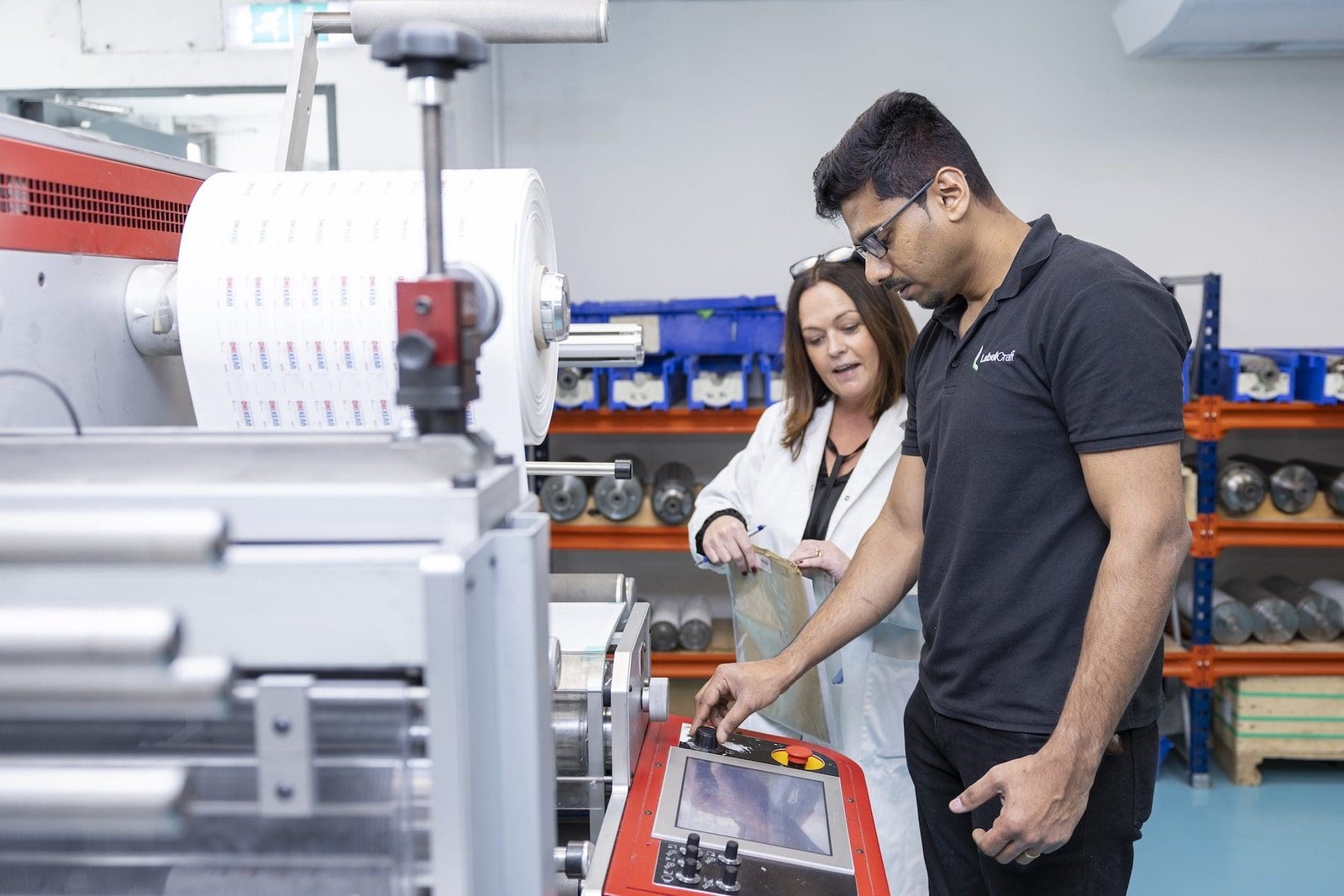
Every product comes with a set of care instructions from its maker. While many people tend to overlook these, they are one of the most reliable sources for maintenance advice.
-
For electronics, follow setup and usage instructions carefully to avoid voiding warranties.
-
For clothing, always read and follow washing symbols on labels.
-
For furniture, check for recommended cleaning agents and polishing methods.
These guidelines are not just suggestions—they are tailored specifically to help your product last longer.
2. Store Items Properly
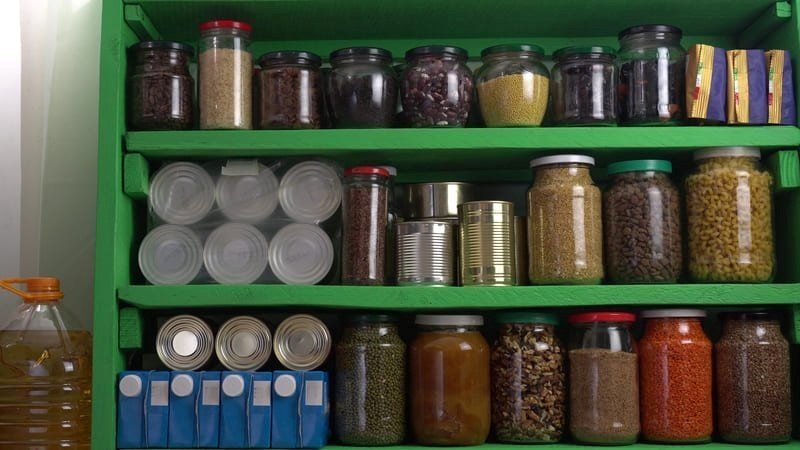
Improper storage can lead to damage before you even realize it’s happening.
-
Clothing & Accessories: Use breathable garment bags for delicate fabrics, and store shoes in dust bags or boxes to prevent scuffs.
-
Electronics: Keep them in a dry, cool environment away from direct sunlight and extreme temperatures.
-
Furniture: Avoid placing wooden or leather furniture in areas with excessive humidity or direct sunlight to prevent warping and fading.
Even small adjustments in storage can make a noticeable difference in product longevity.
3. Clean Regularly—But Gently
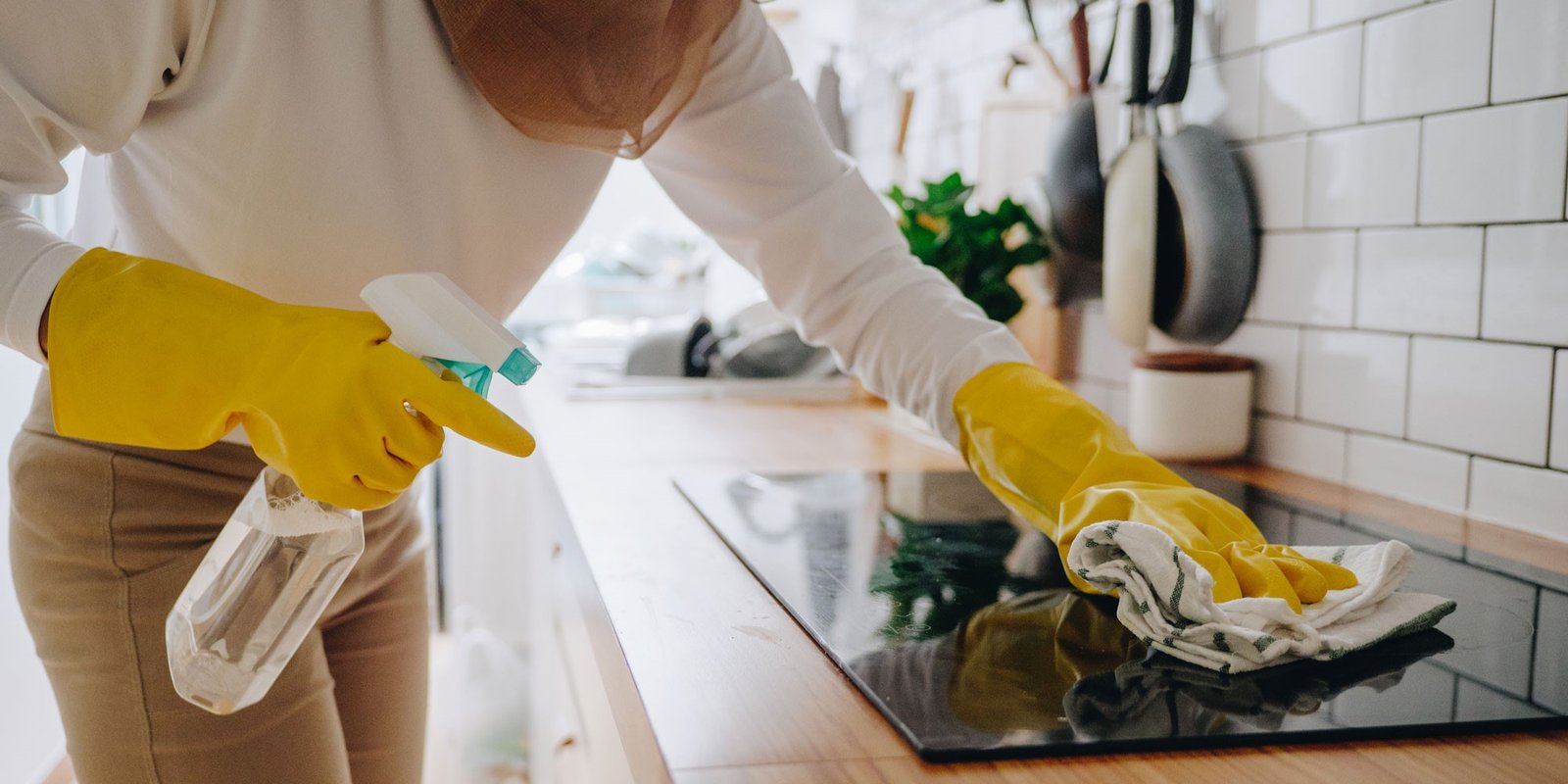
Dirt, dust, and grime can degrade materials over time. The key is to clean often, but without using harsh methods that may damage surfaces.
-
Clothing: Use mild detergents and cold water for most garments to prevent shrinking and fading.
-
Electronics: Wipe screens with microfiber cloths and use compressed air to clear keyboard dust.
-
Home Goods: Dust weekly and deep-clean as needed with suitable cleaning products.
Consistent gentle care is more effective than infrequent, aggressive cleaning.
4. Protect Against Environmental Damage

Environmental factors like UV rays, humidity, and air pollutants can shorten product life.
-
UV Protection: Use window coverings to reduce sun exposure on fabrics and furniture.
-
Humidity Control: Use dehumidifiers in damp areas to prevent mold and rust.
-
Air Quality: Keep rooms ventilated to reduce dust buildup and odors that may settle into fabrics and surfaces.
A controlled environment helps maintain the original quality of your items.
5. Handle With Care
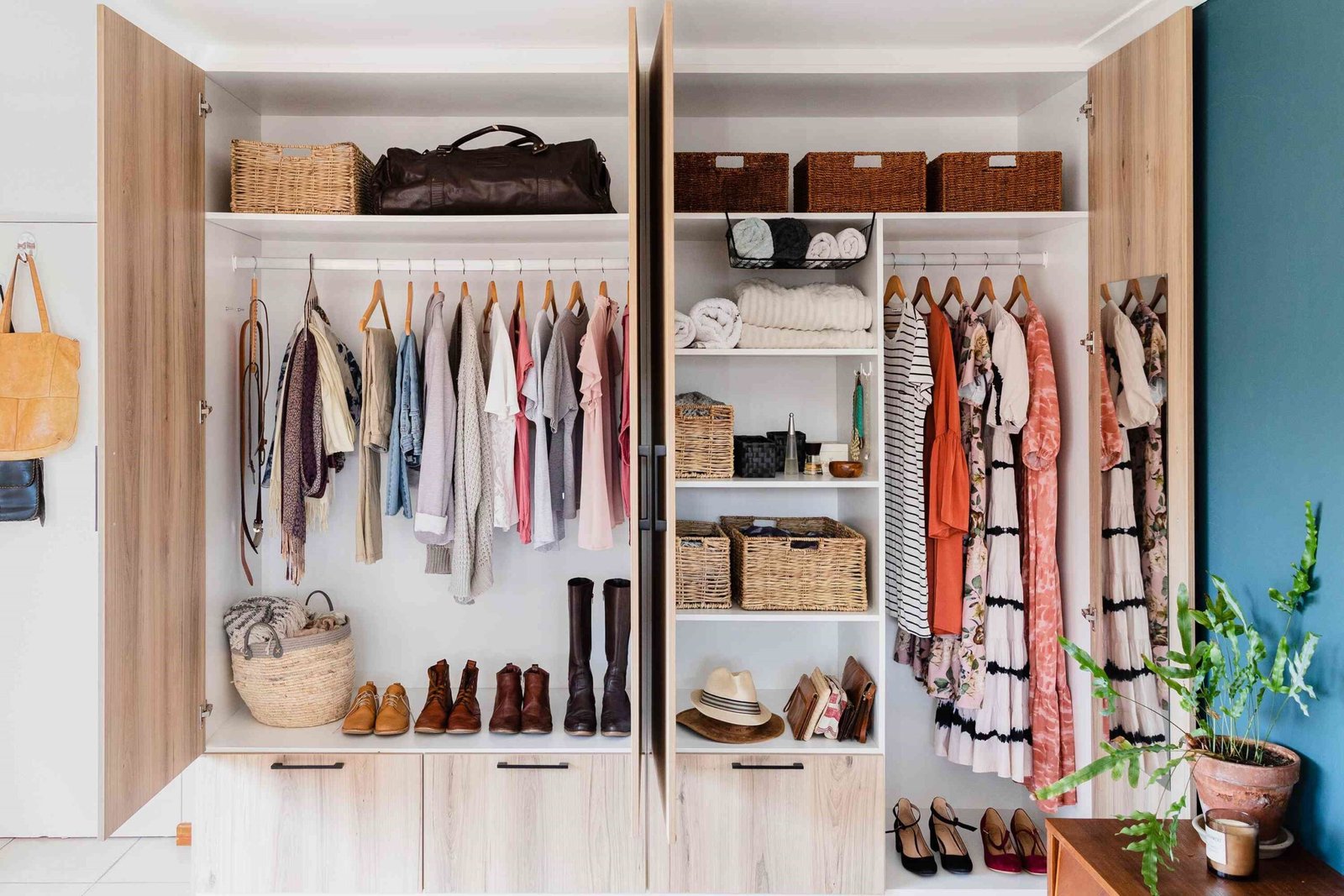
Products last longer when they’re treated respectfully.
-
Clothing: Avoid pulling garments off hangers roughly, which can stretch fabric.
-
Clothing: Handle cables gently to prevent fraying, and always unplug by gripping the plug rather than the cord.
-
Furniture: Lift rather than drag when moving items to prevent structural stress and surface damage.
Being mindful during everyday use reduces wear and tear.
6. Repair Instead of Replace
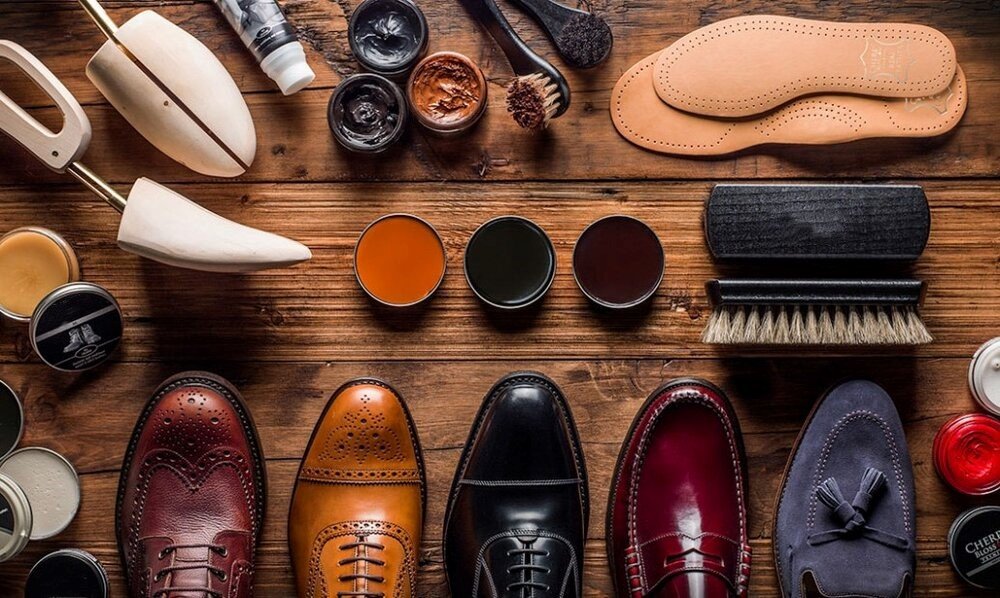
Small damages don’t have to mean the end of a product’s life.
-
Clothing: Learn basic sewing techniques to fix loose buttons or small tears.
-
Shoes: Resole or reheel quality footwear rather than discarding them.
-
Electronics: Replace components like batteries or screens instead of the entire device.
Repairing not only saves resources but also allows you to keep using items you’ve grown attached to.
7. Invest in Preventive Accessories

Some products benefit from protective add-ons that minimize damage.
-
Electronics: Use cases, screen protectors, and cable organizers.
-
Furniture: Apply felt pads under chair and table legs to prevent scratching floors.
-
Clothing: Use lint rollers and fabric shavers to keep garments looking fresh.
These small accessories can act as an insurance policy for your items.
8. Maintain a Cleaning Schedule
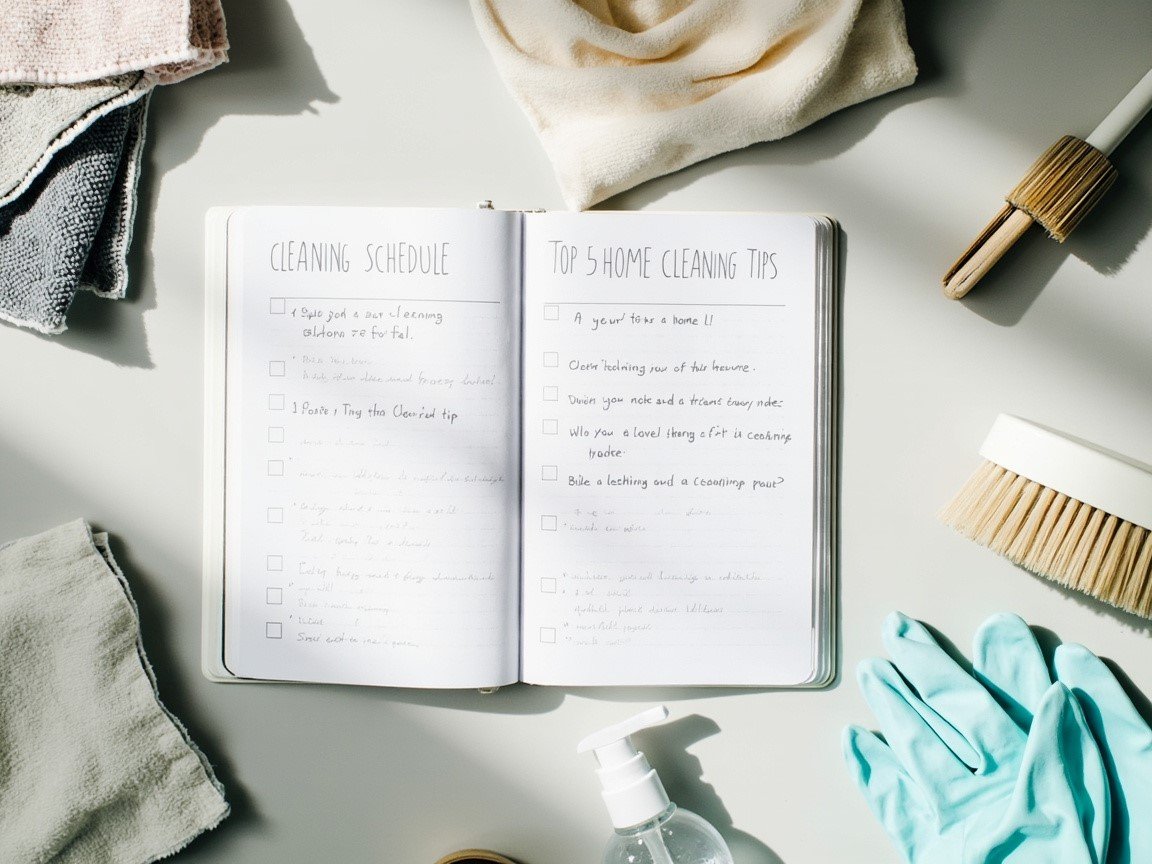
Consistency is the secret to long-term upkeep. Create a simple schedule that works for your lifestyle:
-
Weekly dusting for home surfaces.
-
Monthly deep-cleaning for shoes, bags, and electronics.
-
Seasonal washing or dry-cleaning for outerwear.
Following a schedule ensures maintenance becomes a habit rather than an afterthought.
9. Know When to Rest Your Items

Some products benefit from periods of rest.
-
Clothing: Allow delicate items to rest between wears so fibers can recover.
-
Shoes: Give leather shoes at least 24 hours to air out before wearing again.
-
Bedding: Alternate between sets to allow fabric fibers to relax.
This is especially helpful for natural materials that need time to regain their original form.
Category-Specific Tips for Longer Lifespan
For Clothing & Textiles
-
Wash less frequently—overwashing wears out fabrics.
-
Air dry whenever possible to prevent heat damage from dryers.
-
Store knits folded rather than hung to prevent stretching.
-
Use gentle detergents without harsh chemicals.
-
Treat stains immediately to prevent permanent marks.
For Footwear
-
Use cedar shoe trees to maintain shape and absorb moisture.
-
Clean soles and uppers after each wear.
-
Avoid wearing the same pair every day.
-
Waterproof shoes when appropriate.
-
Store in a cool, dry place away from direct sunlight.
For Electronics
-
Keep software updated for optimal performance.
-
Use surge protectors to prevent electrical damage.
-
Store devices in padded cases during travel.
-
Clean ports and vents regularly.
-
Avoid exposing gadgets to extreme temperatures.
For Furniture
-
Dust regularly to prevent buildup.
-
Use coasters and mats to protect surfaces from spills and heat.
-
Rotate cushions for even wear.
-
Condition leather furniture every 6–12 months.
-
Tighten loose screws or bolts promptly.
For Kitchenware
-
Use wooden or silicone utensils to prevent scratching non-stick surfaces.
-
Avoid harsh scouring pads that can wear down coatings.
-
Dry thoroughly before storing to prevent rust.
-
Follow dishwasher-safe instructions.
-
Store knives properly to maintain blade sharpness.
Why Maintenance Matters
Extending the life of your products isn’t just about saving money—it’s a conscious choice that benefits the environment. Every product that stays in use longer reduces the demand for new production, which in turn lessens resource extraction, manufacturing emissions, and waste in landfills.
By caring for your belongings, you’re not just preserving quality—you’re also contributing to a more sustainable and responsible lifestyle.
Final Thought
Taking a few extra minutes each week to clean, store, and protect your items can add years to their lifespan. Whether it’s a cherished piece of furniture, your favorite pair of sneakers, or the latest tech gadget, maintenance is the key to keeping them in excellent condition.